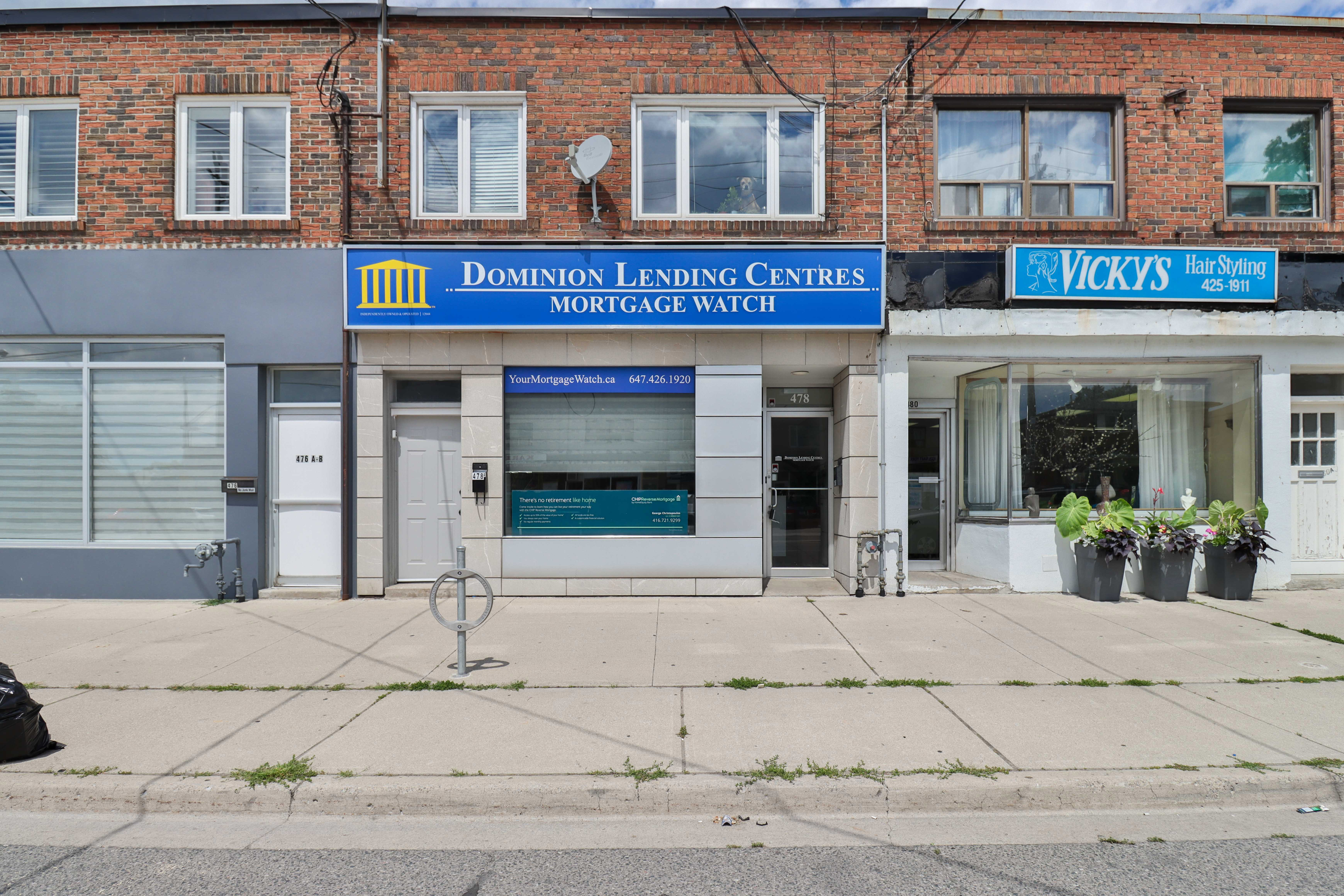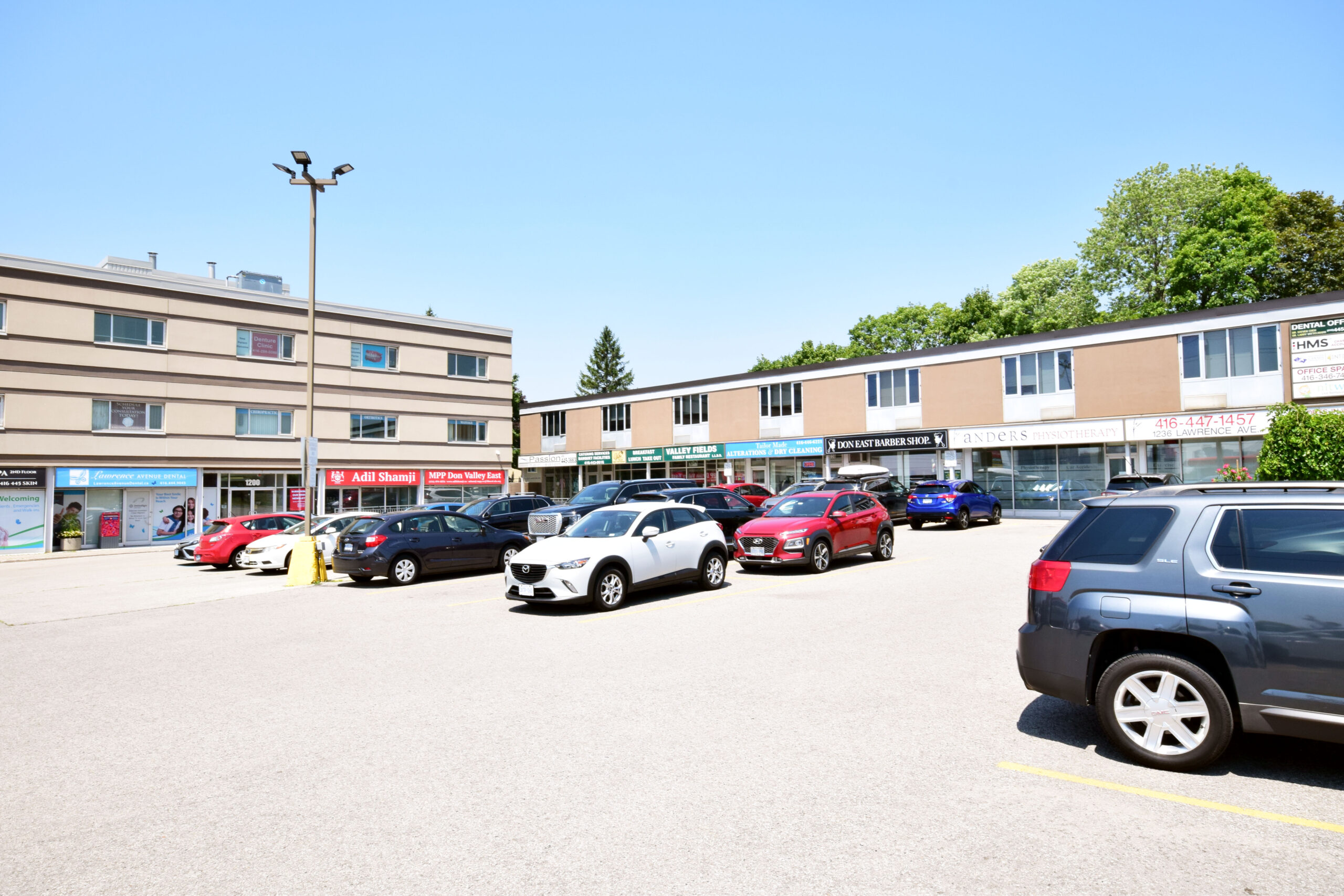Vacancy inches up, with disparities
The Avison Young report found disparities in office conditions in different areas of the GTA. While availability rose overall, gains in absorption from trophy (5,200 square feet) and class-A buildings (180,700 square feet) were almost offset by losses in class-B (154,100 square feet) and -C (16,800 square feet) properties.
This is partly attributed to a continuing trend of businesses moving to higher-quality space – “the impact of spaces being vacated by tenants who have relocated to newly delivered buildings.”
Sublet availability was approximately eight million square feet in Q2, accounting for around one-fifth of the total availability in the quarter.
Vacancies were down in midtown (0.7 per cent), Toronto east (0.2 per cent) and Toronto north (0.4 per cent). But the downtown and Toronto west markets rose 0.7 per cent and 0.2 per cent, respectively.
In Toronto’s suburbs, availability rose to 19.8 per cent as vacancy declined to 12.7 per cent.
Prices were not immune to the trend. Downtown and midtown markets commanded higher prices, Toronto west stayed steady, and Toronto north and east saw asking rents on the decline.
In downtown Toronto, trophy buildings led the average asking rent increase – rising to $52.60 per square foot – which raised the average Toronto asking rate for trophy buildings by $0.50 to $36.60, and the overall rent for offices.
Net asking rents for class-A and -B buildings slightly increased quarter-over-quarter to $27.30 per square foot for class-A buildings and $24.20 per square foot for class-B buildings.
Class-C buildings was the only segment that decreased quarter-by-quarter to $22.60 per square foot, dropping $0.40 per square foot.
Slow deliveries and government action
In Q2, 2 Queen St. W. (29,100 square feet) and Phase 2 of the Queen Richmond Centre West (93,100 square feet) were the only buildings completed. Five projects totaling 2.6 million square feet are in the construction pipeline.
A possible change to Toronto’s office replacement regulations which require replacing office space as part of redevelopment in certain areas could help reduce office inventories, Avison Young writes. Buildings that are older, smaller or obsolete could be candidates for demolition or redevelopment, and their replacements could contain less office space if the policy is updated.
Avison Young’s data matches the most recent findings from CBRE, Colliers and Cushman & Wakefield which also reported increased office vacancy.
Source Renx.ca. Click here for the full story.












